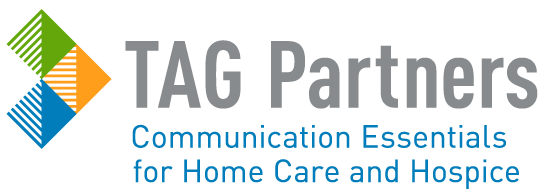Living with diabetes poses many challenges, not the least of which is the increased risk of having a heart attack.
Over time, high levels of blood sugar can damage the circulatory system and the nerves that control the heart muscle. This puts people with diabetes at a high risk for heart disease. In fact, the younger a person is at the onset of diabetes the more likely they are to experience some degree of cardiovascular disease.
Conditions common to diabetes such as high blood sugar, high blood pressure, and high cholesterol can also lead to nerve damage throughout the body. This is especially dangerous for those with heart disease as they can experience a heart attack without feeling any chest pain. These silent heart attacks present only mild symptoms such as heartburn, indigestion, fatigue, or muscle aches. The subtly of these symptoms can cause people to delay seeking medical attention, which can result in serious heart damage or death.
Home health nurses provide diabetic patients an additional line of defense against a silent heart attack. The frequency of their evaluations creates a patient familiarity that enables them to recognize silent heart attack symptoms. Many agencies also incorporate telemonitoring technology* to closely monitor high risk patients.
Tips on how your agency can get involved with National Diabetes Month this November:
Include telemonitoring information in your November marketing. Highlight the benefits of it for patients who need continuous blood sugar levels, blood pressure, heart activity and respiratory monitoring.
Post on your social media outlets about factors that can increase risk for heart disease:
Share your knowledge about diabetes prevention with civic groups. Provide information on your agency and the services you provide.
Host a diabetes and heart friendly holiday cooking demonstration at a big box store in your community. Pass out branded print media and yummy samples is permissible.
Visit our webstore for all your November home health and hospice marketing media.
*Telemonitoring technology uses smart devices to gather and send information remotely to allow virtual 24-hour nursing.


